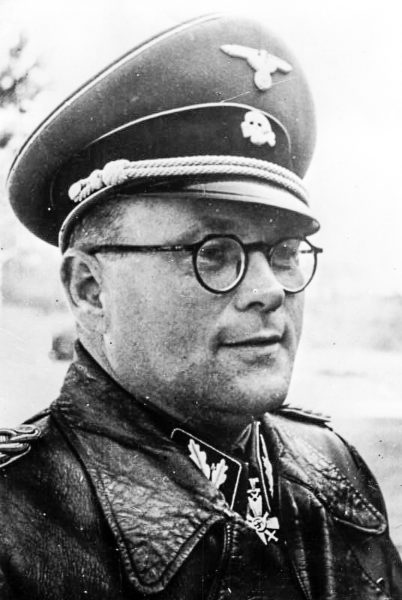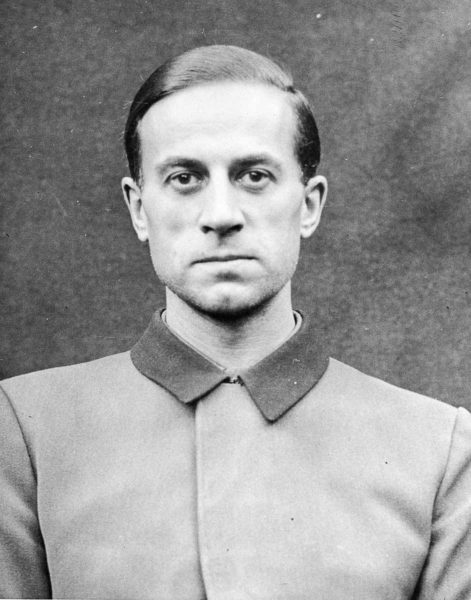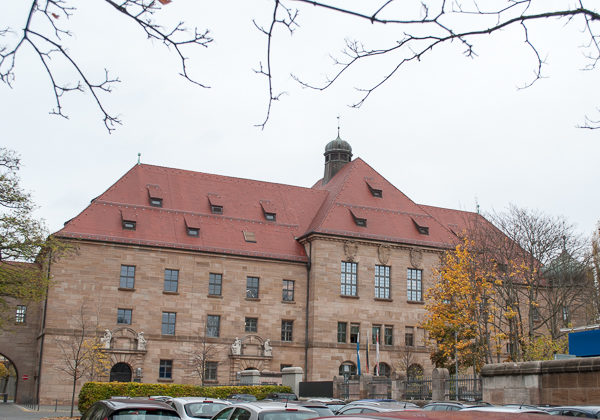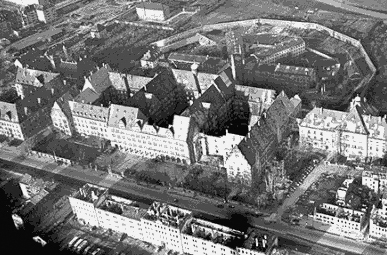During the historical examination of the Holocaust, the concentration camps, and the Nazi war crimes, much of the focus seems to be on the Nazis rather than their victims either individually or collectively (with the exception of six million Jews murdered during the Holocaust). Perhaps this is done deliberately. The more we know about how the Nazis rose to power, the policies they enacted to stay in power, and above all, the crimes they committed might help us to understand how this could happen again. Most importantly, it will ensure we don’t forget and hopefully, stay vigilant for modern-day political abuses of power and similar policies that slowly erode democracy and individual freedoms (e.g., anti-Semitism, racism, calls for denouncements, elimination of the free press, arrests and imprisonment for anti-government positions, etc.).
One group of Nazis that has been well documented are the concentration camp doctors. These men and women are the Schutzstaffel, or SS doctors who performed medical experiments on camp inmates, participated in the sorting process, and committed crimes against humanity. They included Karl Brandt (1904−1948; executed), Herta Oberhauser (1911−1978; 20 years-released in 1952), Josef Mengele (1911−1979, drowned), Karl Gebhardt (1897−1948; executed), and Viktor Brack (1904−1948; executed), to name just a few.



Today, we are going to examine a different group of concentration camp doctors: the doctors who were prisoners. Read More Extermination Camp Doctors



